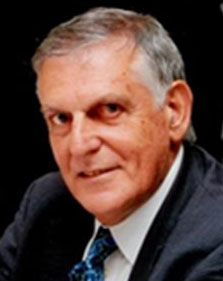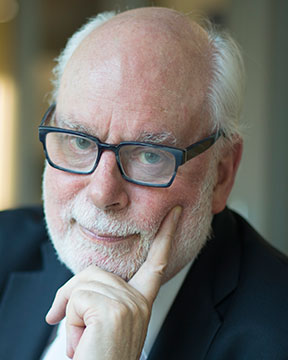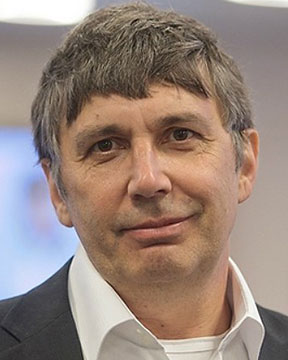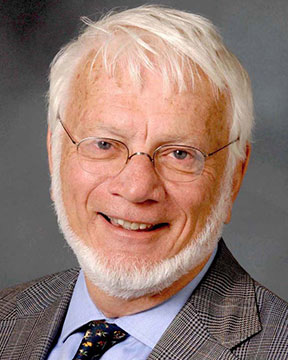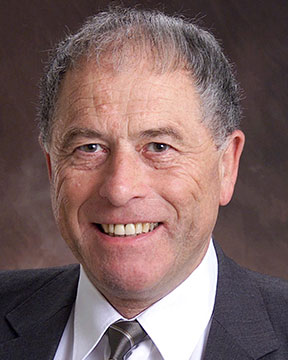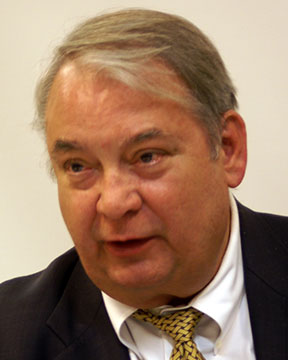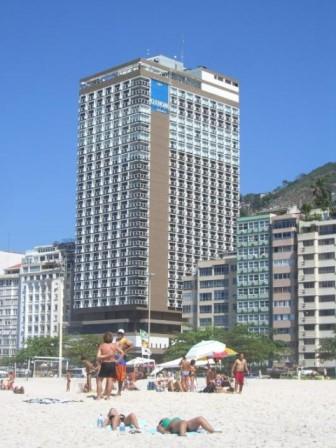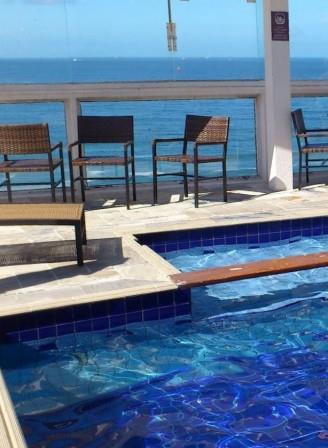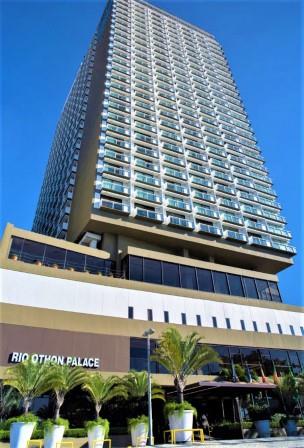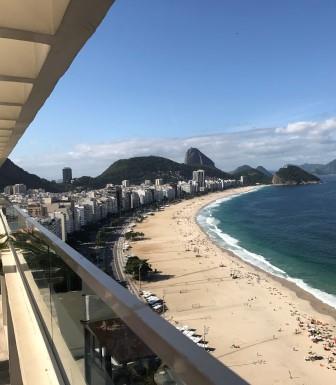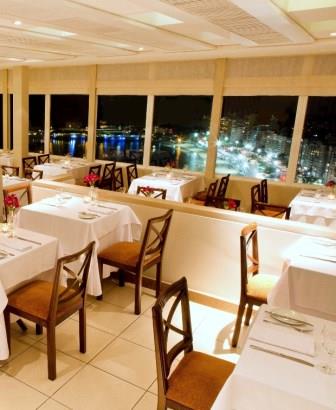ORALS
SESSION: IronMonPM2-R1
| Afonso International Symposium on Advanced Sustainable Iron and Steel Making(6th Intl. Symp. on Advanced Sustainable Iron and Steel Making) |
| Mon Nov, 5 2018 / Room: Mar Azul (50/1st) | |
| Session Chairs: Juergen Antrekowitsch; Session Monitor: TBA |
17:10: [IronMonPM212] Plenary
Feasibility of Iron Production by Electrowinning Jose Adilson
De Castro1 ;
Marcos
De Campos1 ;
1UFF - Federal Fluminense University, Volta Redonda, Brazil;
Paper Id: 335
[Abstract] Some metals, for example aluminium, and many rare-earths such as lanthanum and neodymium, are produced by electrowinning. Nowadays, the blast furnace is the typical process for iron and steel. However, through this process coal is needed, which generates pollution. It is possible to produce iron by igneous electrolysis, but there are also many problems. One of them is the high temperature of fusing iron, 1538°C. Thus, the process for iron is much more complicated than for aluminium, which melts at 660°C. Nevertheless, if electricity can be produced by renewable sources, such as solar and wind energy, iron production by molten oxide electrolysis can be economically feasible some moment in the future. Thus, the feasiblity of iron production by electrolysyis is directly related to the price of renewable energy. Solar and wind are intermittent sources, and energy storage is a big problem. But excess of energy produced on a windy day can be, for example, stored as a reduced metal, aluminium, or even steel. Excess solar energy produced during noon can also be stored as a reduced metal.
References:
[1] Umair Irfan. May 9, 2013. Cleaner, Cheaper Way to Make Steel Uses Electricity. Available at:
https://www.scientificamerican.com/article/cleaner-cheaper-way-to-make-steel-uses-electricity/
17:35 Break
SESSION: MoltenTuePM1-R3
| Fehrmann International Symposium on Sustainable Molten Salt and Ionic Liquid Processing (6th Intl. Symp. on Sustainable Molten Salt and Ionic Liquid Processing) |
| Tue Nov, 6 2018 / Room: Bossa (150/3rd) | |
| Session Chairs: Anja-Verena Mudring; Session Monitor: TBA |
15:15: [MoltenTuePM108]
A Computational Model for Dimulating Rare Earth Reduction on Electrowinning Cells Jose Adilson
De Castro1 ;
Marcos
De Campos1 ;
1UFF - Federal Fluminense University, Volta Redonda, Brazil;
Paper Id: 319
[Abstract] A computational model for simulating the production of metallic rare earth by reduction process of molten salts within an electrowinning cell is discussed. The model was formulated based on the multiphase and multicomponent Navier-Stokes and k-epsilon turbulence transport equations, coupled with Maxwell's relations to account for the magneto hydrodynamic phenomena. The multiphase transport equations are solved using the finite volume formulation. The SIMPLE algorithm is used to couple the momentum and pressure equations, and the algebraic coefficients are calculated using the power law scheme. The set of the discretized algebraic equations are iteratively solved using the line by line procedure based on the tridiagonal matrix. The model equations were implemented in a computational code, and the parametric geometry and operational data used were based on the actual operation of the electrowinning cell specially designed for rare earth production. Results based on the simulation cases were discussed and shown feasibility and accordance with actual operation units. Simulated scenarios indicated that optimal conditions could be achieved with lower emissions and high energy consumption efficiency. The model is useful for predicting optimal parameters of processing, such as cell geometry, current density, gas and particulate emissions, and cell stability.
References:
[1] N. Krishnamurthy, C. K. Gupta. Extractive Metallurgy of Rare Earths, Second Edition. 2015. CRC Press.
[2] D. Rodrigues, J. A. de Castro,. M. F. de Campos. Perspectives for Rare-Earth Magnets in Brazil. Proceedings of 23rd International Workshop on Rare Earth and Future Permanent Magnets and Their Applications REPM 2014, 2014, Annapolis, Maryland, USA. v. 1. p. 12-14.
[3] E. Morrice, T A. Henrie. Electrowinning high-purity neodymium, praseodymium, and didymium metals from their oxides [Washington, D.C.] U.S. Dept. of the Interior, Bureau of Mines, 1967.
[4] K. C.Karki, S. V. Patankar: Numerical Heat Transfer Vol. 14, (1988), pp. 295-307.
[5] M. C. Melaaen: Numerical Heat Transfer Vol 21, part B (1992), pp 1-19.
15:40 Break
SESSION: Non-ferrousMonAM-R7
| 6th Intl. Symp. on Sustainable Non-ferrous Smelting and Hydro/Electrochemical Processing |
| Mon Nov, 5 2018 / Room: Pontal (50/2nd) | |
| Session Chairs: Margarita Gutierrez-Ruiz; Gustav Hanke; Session Monitor: TBA |
11:20: [Non-ferrousMonAM01] Plenary
Applications and Market of Rare-earths Marcos
De Campos1 ; Jose Adilson
De Castro
1 ;
1UFF - Federal Fluminense University, Volta Redonda, Brazil;
Paper Id: 334
[Abstract] Rare-earths have many applications in the high-technology industry, especially for magnets and luminescent phosphors, which are also important for lasers and optical fibers. This paper reviews the current trends of the market, wherein a crisis emerges: although the typical rare-earth ore - monazite - has ~45% Ce, 30% La, 15% Nd, and 5% Pr, cerium and lanthanum are at 1/25 of the price of neodymium. Elements as Cerium and Lanthanum often do not have a market and need to be stockpiled by the mining companies. Thus, the rare-earth market is now driven my magnets, and elements such as terbium, dysprosium, and holmium are among the most needed by the market, besides neodymium and praseodymium. Until recently, europium was strongly used as phosphor in all TVs, including plasma TVs. But now LED TVs obtain white color principally by mixing blue LED and a yellow phosphor that uses the cheap yttrium and cerium. In this presentation, a review of the present situation of the Brazilian rare-earth industry [1], and methods for rare-earth reduction, are provided.
References:
[1] M. F. de Campos,D. Rodrigues, J. A. de Castro. Perspectives for the Brazilian Industry of Rare-Earth Magnets Materials Science Forum v. 869 (2016), 602-607.
[2] J. A. de Castro, D. Rodrigues, M. F. de Campos. Model development based on transport phenomena principles for simulating neodymium reduction within electrowining cells. Proceedings of 24rd International Workshop on Rare Earth and Future Permanent Magnets and Their Applications REPM 2016, 2016, Darmstadt, Germany. p. 664-671.
SESSION: CompositeMonAM-R8
| 6th Intl. Symp. on Composite, Ceramic and Nano Materials Processing, Characterization and Applications |
| Mon Nov, 5 2018 / Room: Grego (50/3rd) | |
| Session Chairs: Pawel Rokicki; Marcos de Campos; Session Monitor: TBA |
11:45: [CompositeMonAM02]
Improved Nanocrystalline Structures for Magnetic Recording Marcos
De Campos1 ; Jose Adilson
De Castro
1 ;
1UFF - Federal Fluminense University, Volta Redonda, Brazil;
Paper Id: 336
[Abstract] This paper will discuss in detail the adequate microstructural structures for magnetic recording. The maximum coercivity is obtained for single domain size particles [1], also known as Stoner-Wohlfarth particles. It was found that the squareness of hysteresis is improved with texture optimization, which is relevant as good squareness of hysteresis is an important issue for the magnetic recording industry. Detailed overviews on the texture effects of Stoner-Wohlfarth particles, as well as the effects of particle interaction, are given and discussed in detail. Additionally, modifications of the Stoner-Wohlfarth model, and the Callen-Liu-Cullen [2] model are analyzed. The spring effect observed in hysteresis curves of isotropic nanocrystalline materials can be explained with the Stoner-Wohlfarth model. Theories for magnetostic coupling between particles are also reviewed.
References:
[1] S.A. Romero, M.F. de Campos, A.J. Moreira,
F.J.G. Landgraf, The Effect of the Cu and Sm
content on the anisotropy field of Sm(CoFeCuZr)z
isotropic nanocrystalline alloys. In: H. Fukunaga, S.
Sugimoto (Eds.), Proceedings of the 22th
International Workshop on Rare- Earth Permanent
Magnets and Their Applications, Nagasaki, Japan,
2012, pp. 44-47.
[2] E. Callen, Y.J. Liu and J.R. Cullen. Initial
magnetization, remanence, and coercivity of the
random anisotropy amorphous ferromagnet.
Physical Review B Vol. 16 (1977), p. 263


